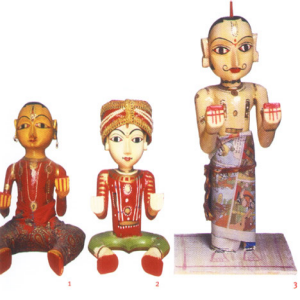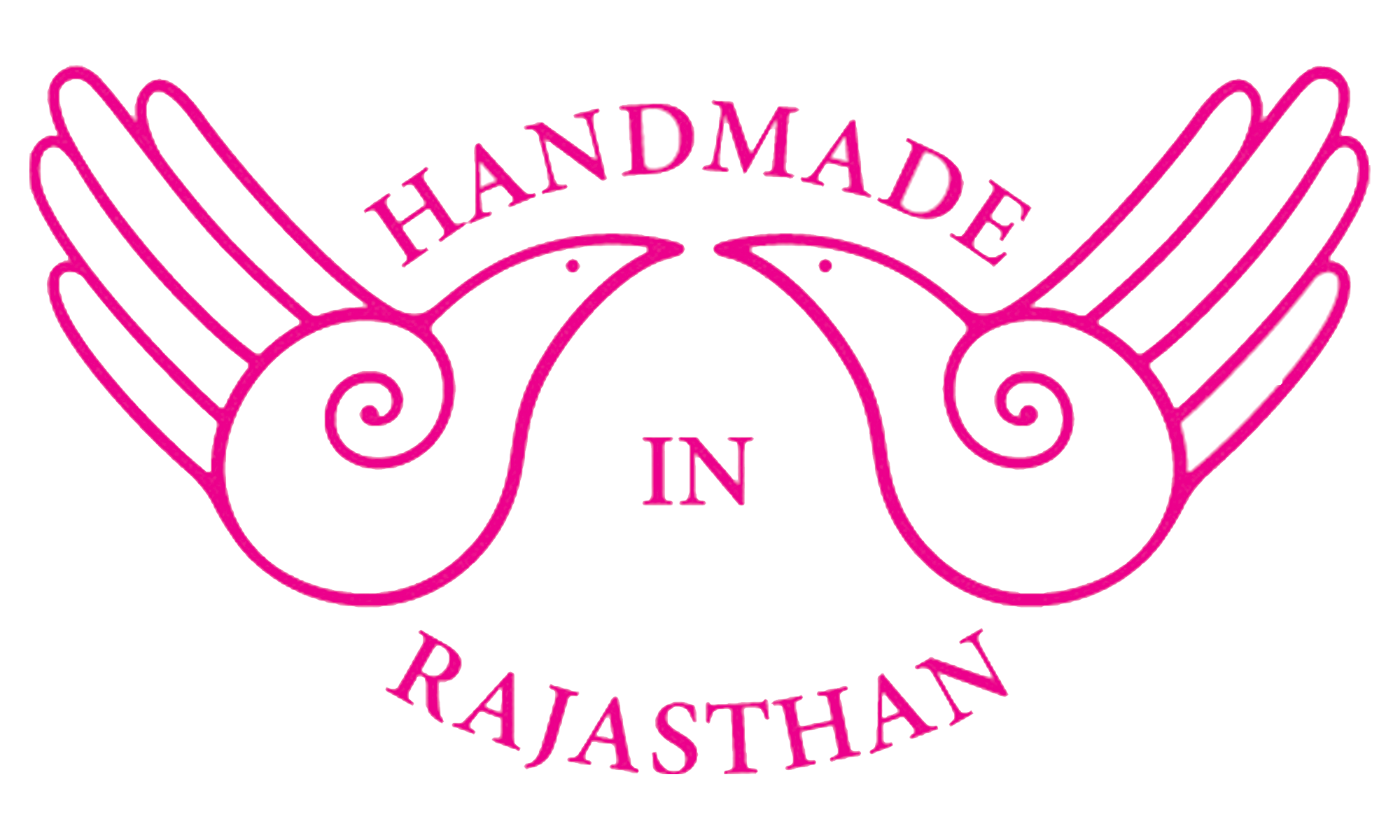- Home
- About US
- Art and Craft
- Artisans
- Master Crafts Persons
- Supporting Institutions
- News and Events
- Schemes
- Contact us
- Contact

Traditionally, during the festival of Gangaur, observed on the second day after Holi, around March every year, women kneaded the ashes from the Holika fire with mud to create idols of the goddess Gangaur, who is associated with new crops and is worshipped for her ability to confer conjugal bliss and good husbands. Today these have been substituted with wooden and clay idols made by the Suthar community and painted by the artists of the Matheran and Usta communities. Although originally a festival of the upper caste Thakurs, Rajputs, Baniyas and Brahmins, other castes have begun to celebrate Gangaur too. Since the traditional idols were made to resemble the worshipper, the local artisans have developed a repertoire of idols of various sizes and varying dress. Thus, the doll made of the Baniya (business community) wears a small head ornament known as the rakhadi, a short blouse that reveals the stomach, a fine odhni or veil, and a lehenga or wide skirt. On the other hand, the idol made for Rajput women is dressed in a kurti and kanchali, a two - piece blouse that covers the stomach. All Gangaur idols, however, have big eyes, sharp noses, slim waists, thin fingers and a youthful appearance.
A semi-finished idol of Gangaur in a sitting position. The skirt cloth is wrapped later. Isar, the consort of the goddess Gangaur, Dressed differently in simulation of thread different castes of Rajasthan. A variation of Isar. The idol is still to be attired. The goddess Gangaur, dressed in bridal finery with a large lehenga, rakhadi and gota-edged odhni.
The town of Bassi is in Rajasthan is well-known for making beautiful toys and puppets. Artists in the town are famous for making figures of Gauri and Ishar during the festival of Gangour. These idols are decorated with colourful clothes and various ornaments.

